Heat Pump Systems
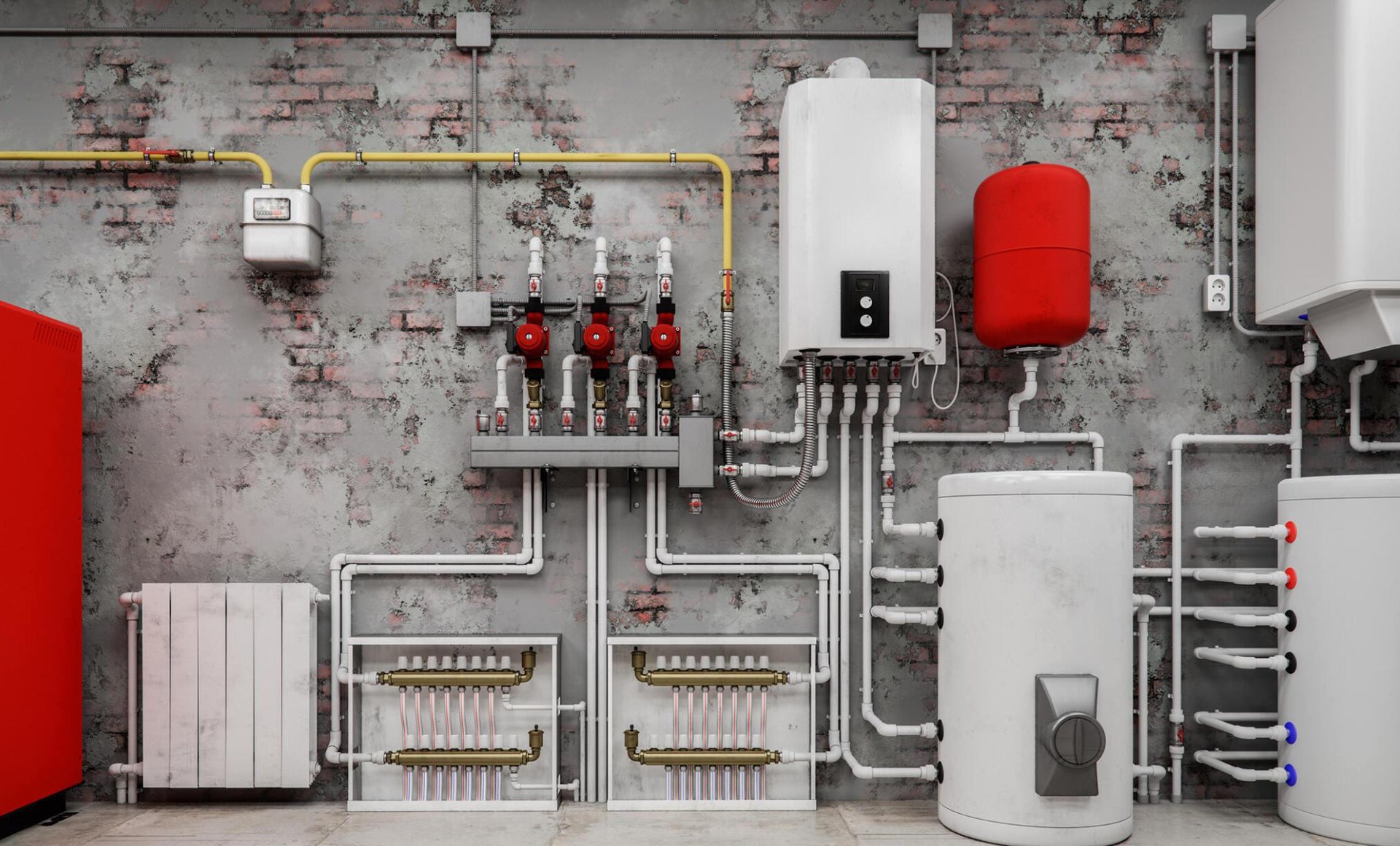
Heat pumps transfer heat from natural heat sources in the surrounding areas such as air, ground or water, or from man-made heat sources such as industrial or domestic waste, to a building or an industrial application. Heat pumps can also be used for cooling. In this case, heat is transferred in the opposite direction, from the application that is cooled to surrounding areas at a higher temperature. Since heat pumps consume less primary energy compared to a conventional heating system, they have a positive effect in terms of reducing gas emissions that are harmful for the environment.
Reversing the natural heat flow direction. Heat flows naturally from a higher to a lower temperature. Heat pumps, however, are able to reverse this flow in the other direction. To do so, a relatively small amount of external energy, usually electricity, is required. In heat pumps, the heat transfer fluid is used as the heat transfer medium for the external circuits.
The mixture of heat transfer fluid and water transfers heat from the internal circuit to the heat pump.
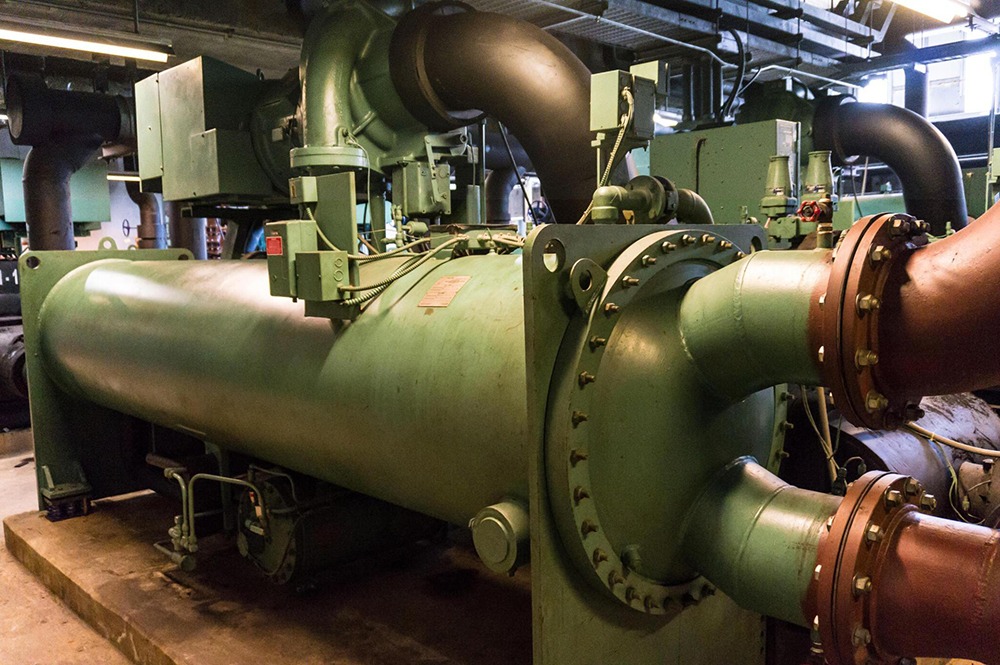
Examples of application areas:
- Industrial heat pumps:
Space heating, process water heating and cooling, steam production, drying process, evaporation and distillation processes. - Ground source heat pump:
For example closed-loop systems where the heat transfer fluid circulates through pipes installed beneath the ground level. During the winter, the fluid collects heat from the earth and carries it through the system into the building. In summertime, the system reverses to cool the building by extracting heat from the building through the system into the ground. This process can heat up water for free in the summer and delivers substantial hot water savings in wintertime. - Air-Water Heat Pump Installations
- ‘Clean’ heating:
Residential heating by heat pumps is supported by the governments of some countries as a step towards greater energy efficiency and reducing polluting conventional heating such as local oil or coal burners.
More Applications

Hot Water Heating Systems and Air Conditioning
Hot water heating systems and air conditioning are commonly used to ensure comfortable temperatures in buildings.
More Details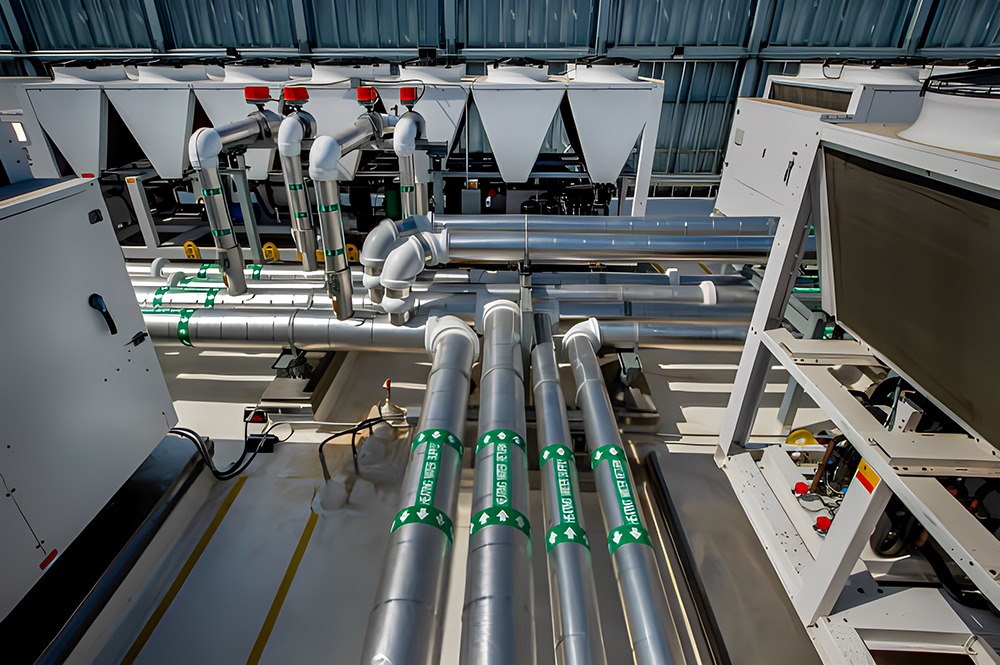
Indirect Cooling Systems and Secondary Refrigeration
The difference between direct cooling systems resides in the physical separation between the primary circuit and the secondary system
More Details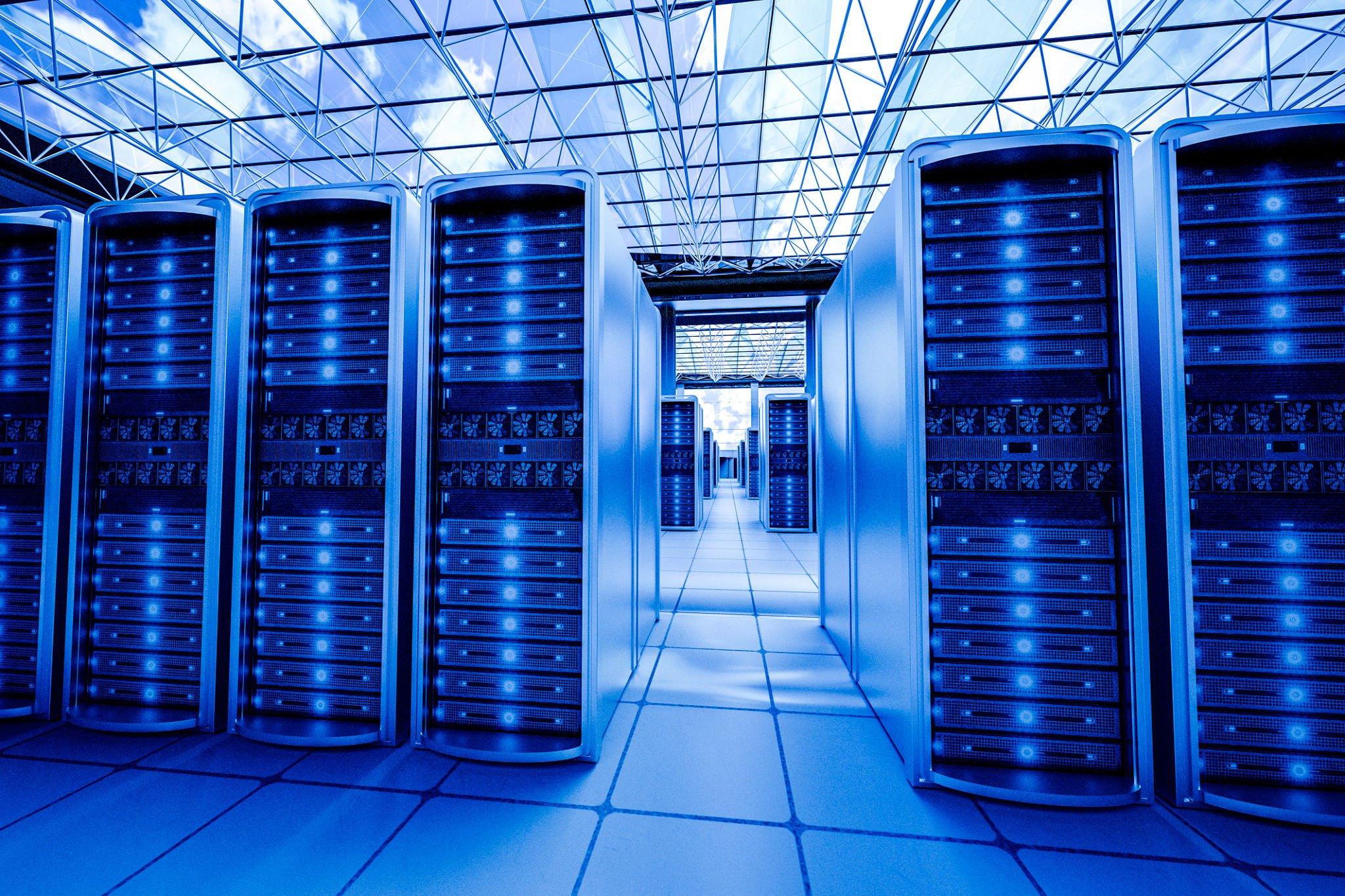
Liquid Coolants for Data Centres And Electronics
Cooling is an essential aspect to consider when it comes to computing systems and electronic applications.

Process Heating and Cooling
In the chemical industry, many processes require either cooling or heating. The temperature range of applications can widely vary.
More Details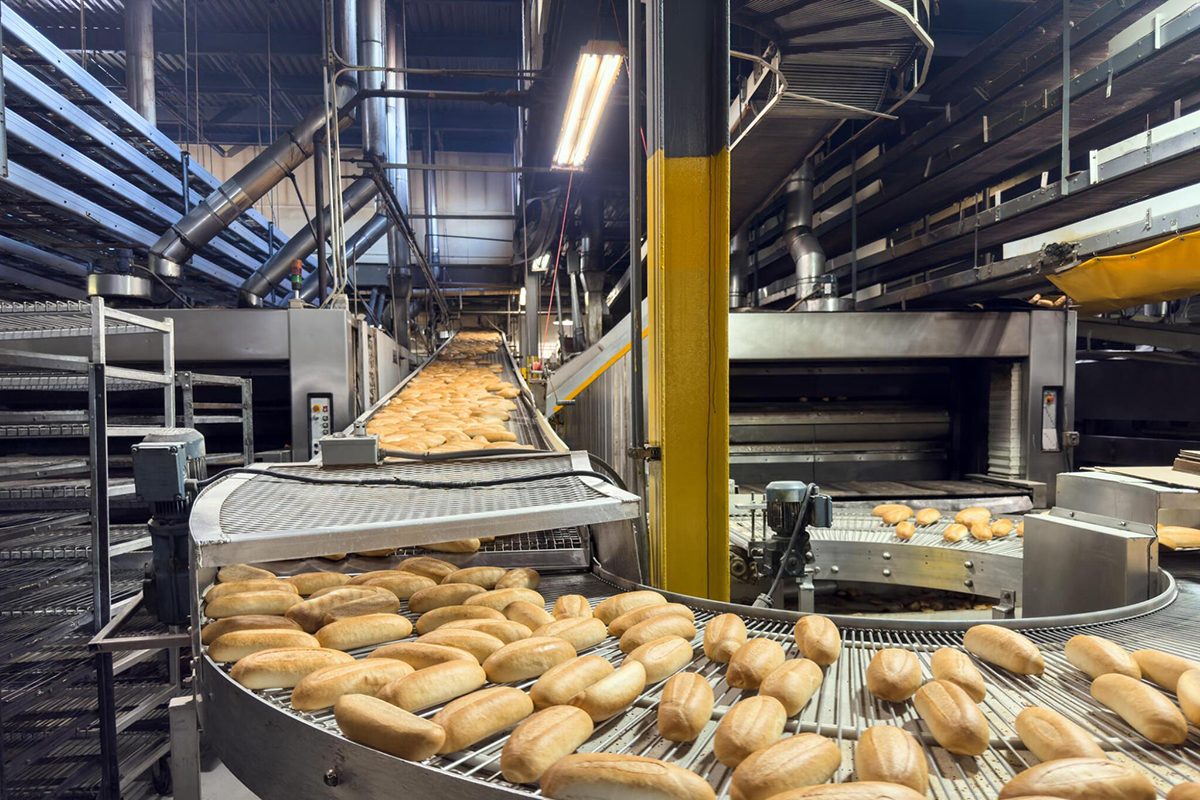
Indirect Contact Freezing
Freezing food is probably the gentlest method of food preservation. Freezing prevents food from spoiling by inhibiting micro-organic and enzymatic action.

